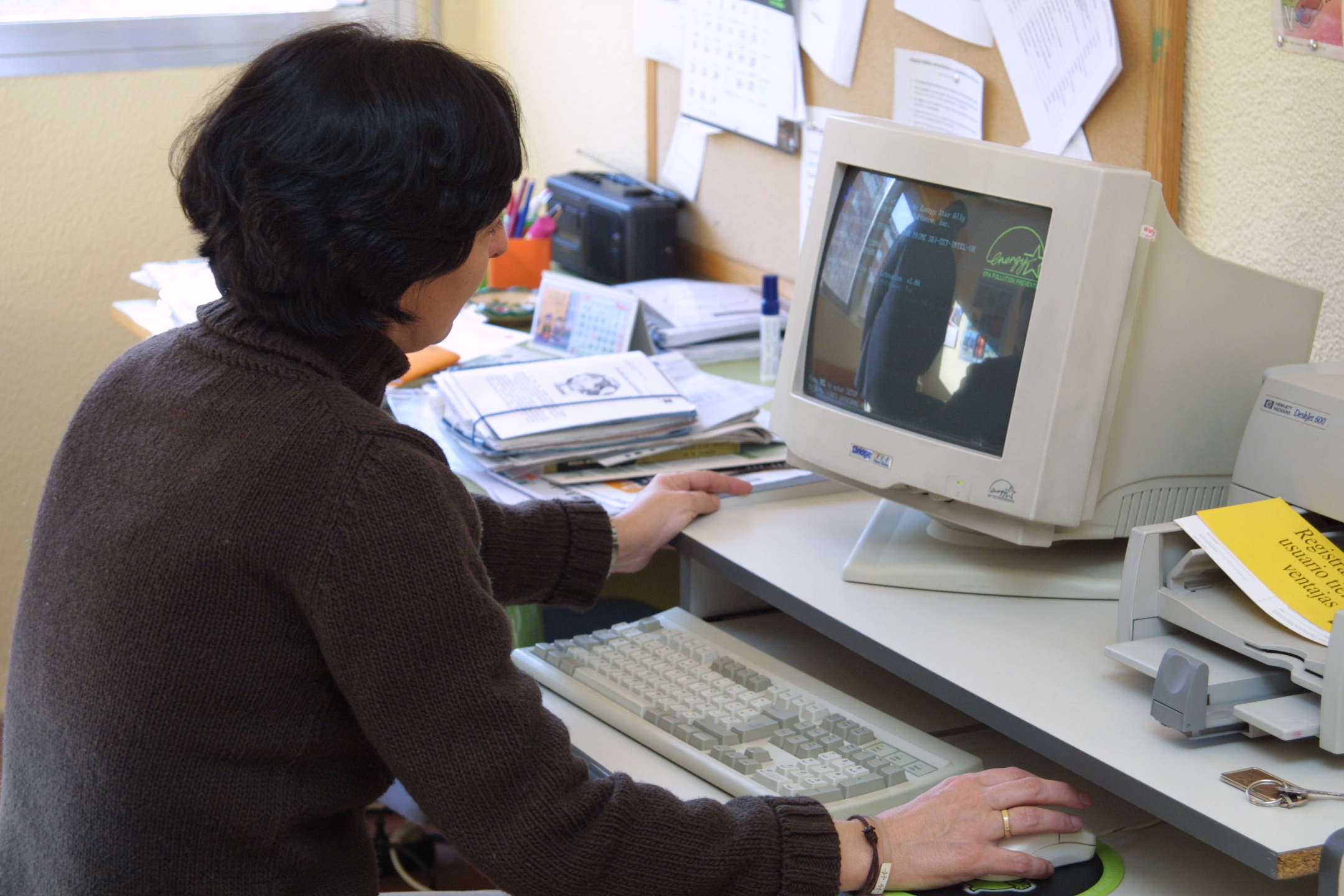
In 2007, McKinsey & Company publishes research on the caracteristics of educational system in the countries with the best PISA test results. The study found three common features to these countries:
- All of them select the best teachers.
- They support their development and training.
- They guarantee the best possible education for all children.
The study confirmed that one of the main key indicators of educational quality in a country is the quality in the training and life-long learning of their teachers.
Manuel Area (2011) identifies the opinions and demands of teachers participating in the project School 2.0 through an investigation that gives some remarkable conclusions:
- Most of teachers consider as main impacts of the School 2.0 the increase of the technological training of the teaching staff, the promotion of methodological innovation and a quantitative increase of technology in the centers.
- The data confirm that the presence of ICT in school has increased students' motivation and has produced modification in times, spaces and groupings classroom.
- Another noteworthy conclusion of the study is that, although a relevant proportion of teachers consider that they have adequate training for the use of ICT, almost all teachers demand more training.

This author argues that one of the main challenges of educational policy on ICT school integration should be the generalization of pedagogical model in which technology are used from an innovate perspective (Area, 2008).
When a teacher decides to use new technology in his teaching, new challenges and defiance are being created, in his professionalism. It is therefore necessary that you receive support, training and an educational model that guides you in this process of change.
In the Spanish context, the National Institute of Educational Technology and Training Teacher (INTEF) emphasizes this need (Segura, Candioti y Medina, 2007). The INTEF offers training aimed at training, not only technologically but also methodologically, at teaching professionals. All courses encourage activities of experimentation and evaluation in the classroom, thereby facilitating the increase of pedagogical use of ICT.
In addition, from the beginning, this organization is linked to official projects for the integration of ICT in education. From the pioneering Atheneas Project, developed at the end of the 80', to the Project School 2.0, the last developed and that has meant the implementation of the model of digital classroom of the XXI century, providing to the centers of computer networks, digital slates, broadband connection to the Internet and providing a computer to each student (model 1:1), so as to ensure widespread access to the network and other digital educational resources.
All official projects attend to the provision of infrastructures and technological resources, but also provide training and methodological support to teachers, as well as, options to reinforce learning networks.
In a more in-depht review of the different initiatives for the integration of new technologies in classroom, it is recommended to consult the following monograph of the Iberoamerican Journal of Higher Education.

